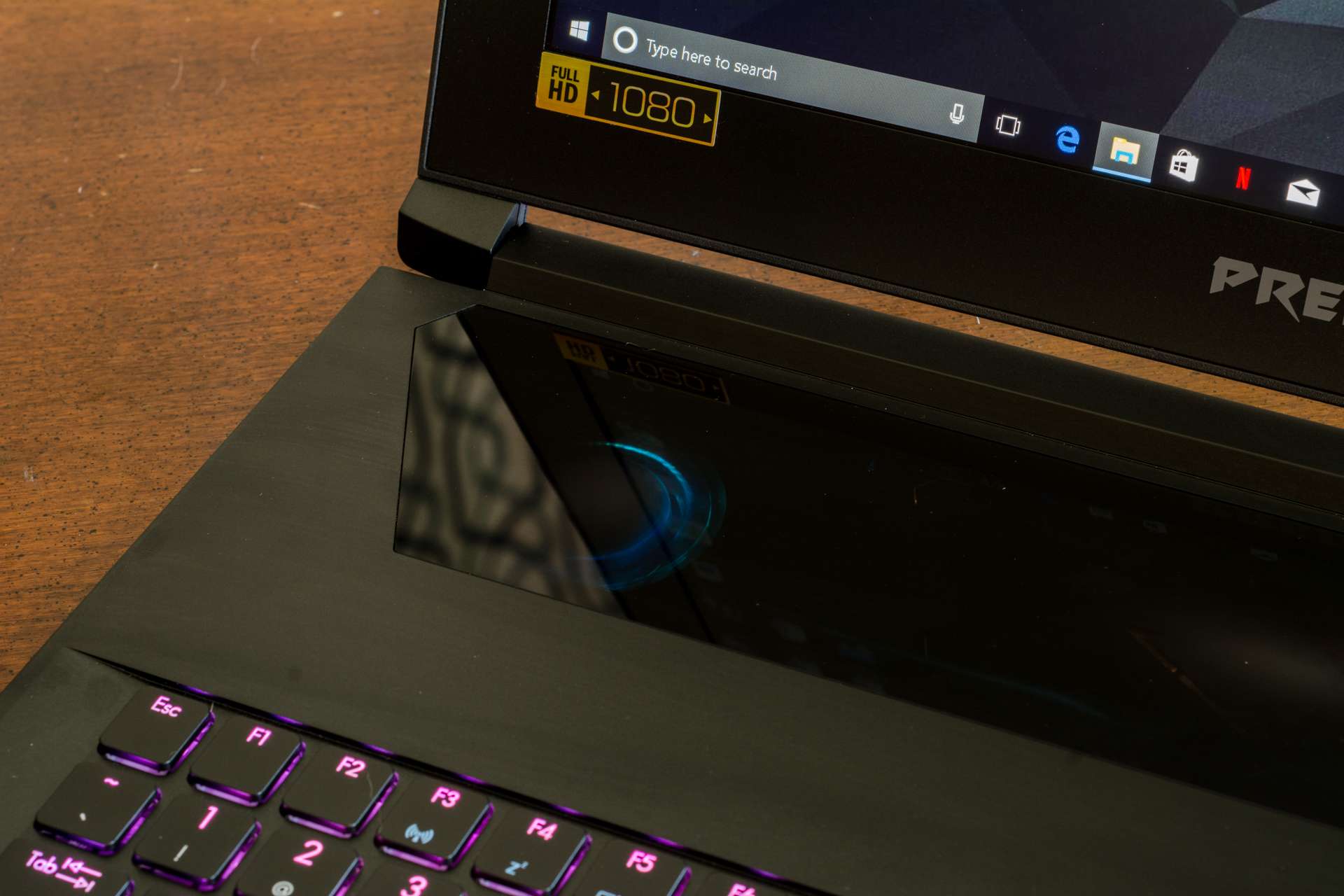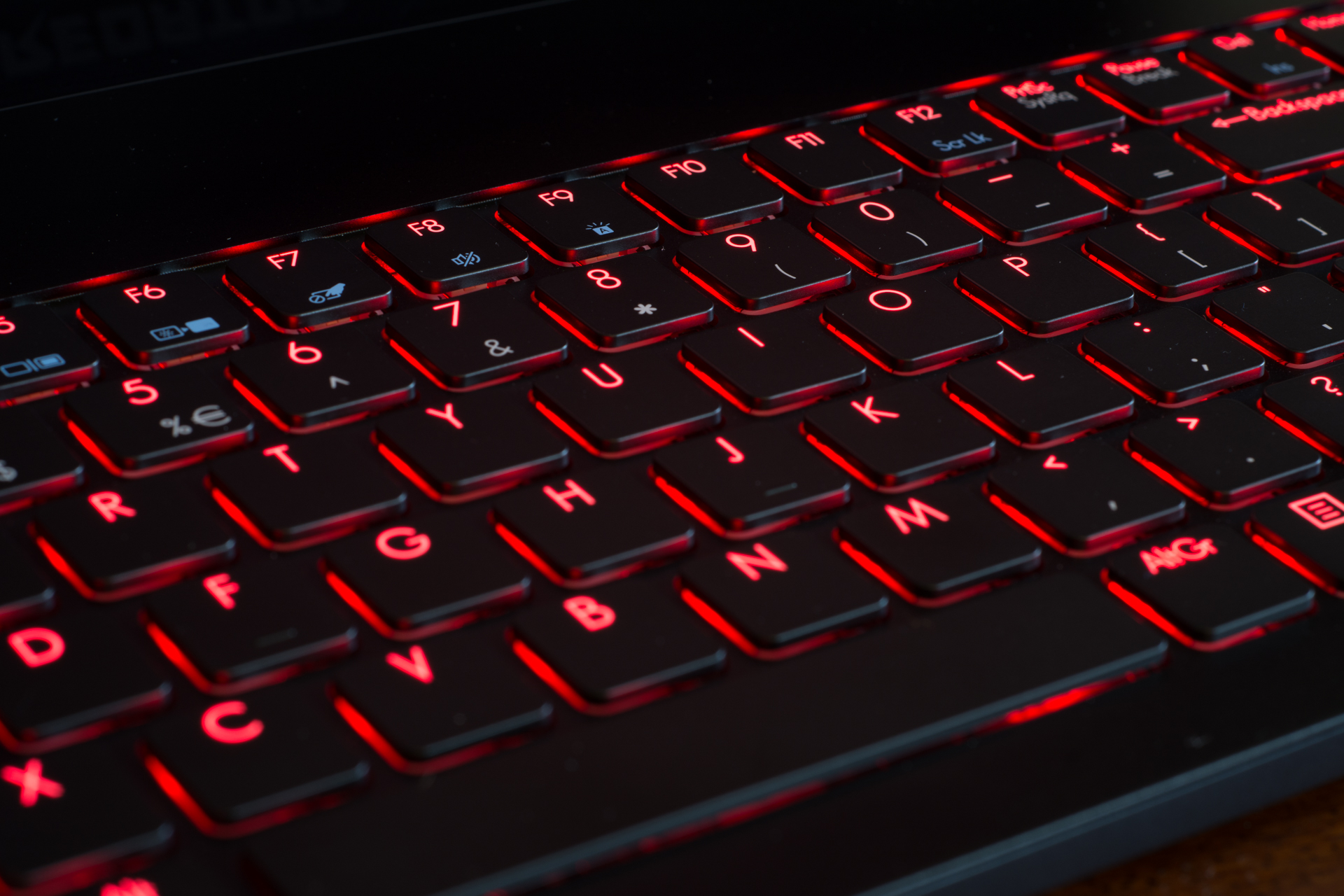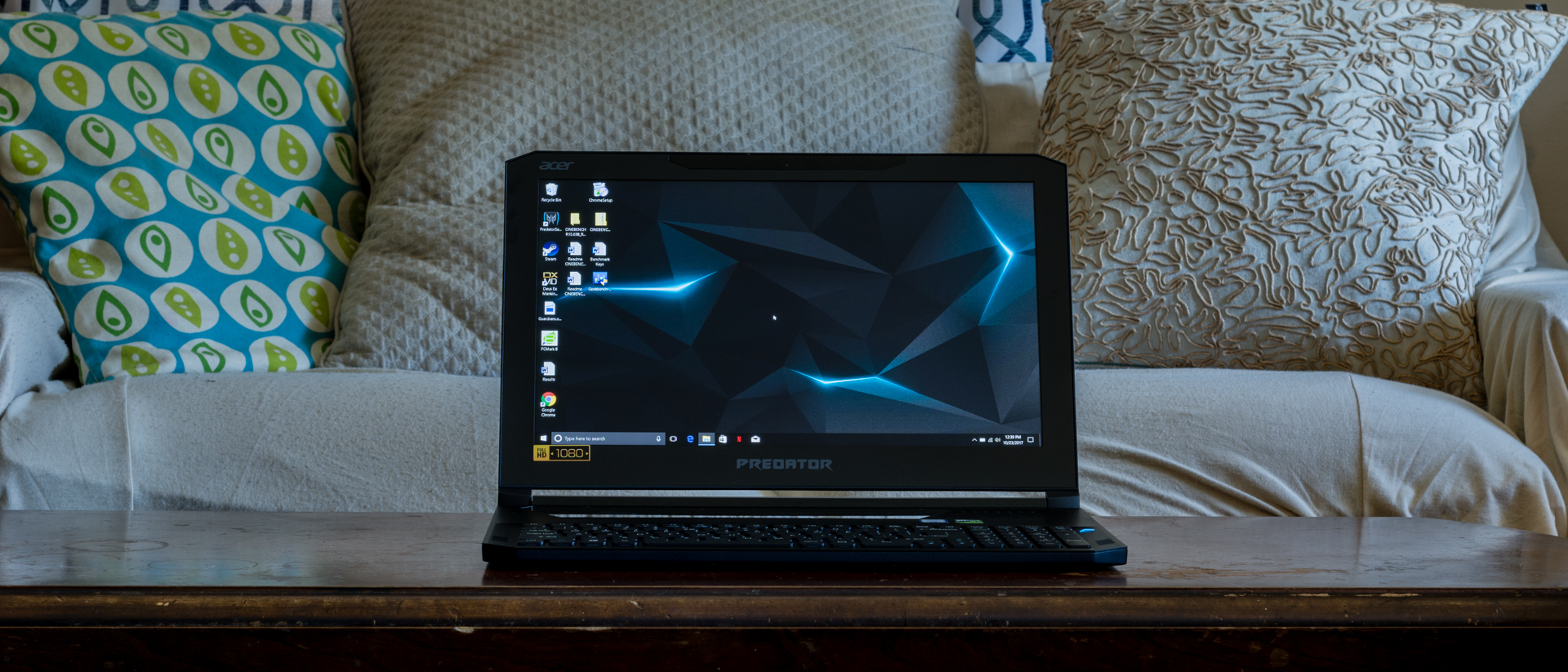TechRadar Verdict
Ridiculously powerful and impressively thin, the Predator Triton 700 has no problems taking what you throw at it, but it gets almost too hot to touch under load and lacks features that key competitors offer for less.
Pros
- +
Powerful GTX 1080 graphics
- +
32GB of RAM
- +
Impressively thin
- +
Excellent keyboard
Cons
- -
Extremely hot under load
- -
Excessive fan noise
- -
Just 1080p screen for price
- -
Poor audio performance
Why you can trust TechRadar
When it comes to raw specs, the Acer Predator Triton 700 sits pretty high atop the gaming laptop market. There is so much power packed into an impossibly thin chassis here – it's an impressive triumph of engineering. That said, it's not unique for a high quality laptop to be both thin and powerful.
For instance, the Asus ROG Zephyrus is slightly thinner and packs similar hardware inside, while the Alienware 15 R3 is comparatively much thicker while offering slightly less in the way of power.
Both the Zephyrus and the Alienware beat out the Triton's $2,999 (£2,999, AU$4,999) price tag while including arguably better screens. That said, all three laptops have G-Sync enabled displays to cut down screen tearing and 120Hz refresh rates.
Here is the Acer Predator Triton 700 configuration sent to TechRadar for review:
CPU: 2.8GHz Intel Core i7-7700HQ (quad-core, 6M Cache, up to 3.80 GHz)
Graphics: Nvidia GeForce GTX 1080 (8GB GDDR5X RAM), Intel HD Graphics 630
RAM: 32GB DDR4 (2400Mhz)
Screen: 15.6-inch, FHD (1,920 x 1,080) matte display (IPS; Nvidia G-Sync; 120Hz)
Storage: 512GB SSD
Ports: 3 x USB 3.0 ports, 1 x USB 3.1 Type-C, 1 x USB 2, DisplayPort, HDMI, headphone jack, microphone jack, RJ45 Ethernet
Connectivity: Killer Wireless 2x2 802.11 ac
Camera: 1080p webcam
Weight: 5.7 pounds (2.6kg)
Size: 15.5 x 10.5 x 0.74 inches (39.8 x 26.7 x 1.9cm; W x D x H)
Price and availability
The Triton 700’s jumping-off price is $1,999 (£2,999, AU$4,999). That drops the graphics card down to a GTX 1060 6GB and cuts the RAM in half, but otherwise they're identical machines. The entry level model isn't available in Australia, so, if you really want one, it will set you back AU$4,999. In the UK, the available models aren't yet for sale, but they're identical to the US, with the exception of the higher-end Triton having 1TB of storage.
Value-wise, the Triton runs neck and neck with the Zephyrus and Alienware. They trade some features for others, but none of them really leap ahead in terms of value when up against the other. They're all enormously expensive, even at their lower-end models.
That said, at least the Triton 700 is upgradeable: by removing the bottom panel, you can up the RAM inside to a max of 32GB and the SSD to up to 1TB of capacity.
Design
The Predator is unassuming for such a powerful laptop. It lacks the audacious design of similar computers, and is probably the most understated of the three when closed. A Predator logo on the lid is the only thing really giving away its purpose as a powerful, mobile gaming computer.

The inside, however, is quite attractive, but simultaneously takes some getting used to. Form follows function, but in the case of the Triton, it's hard to figure out what elements influenced its unusual design. There isn't a track pad below the keyboard, like you'd expect to find. Instead, the keyboard runs all the way along the bottom edge and a beautiful piece of glass sits directly below the screen.
That glass is the Triton's touchpad, and it's positioned directly above the graphics card. In fact, you can see elements of the GTX 1080 beneath it, subtly lit from below. Using it feels wonderful. The Gorilla Glass is familiar to the touch, and fingers glide across it effortlessly.
Getting the hang of it is a bit of a challenge, unfortunately. Using it means holding your hand in a unusual way as to avoid the keyboard, and there is no mouse button. Clicks are done through Windows gestures, which require some learning. More times than can be counted, we went for the expected trackpad location, only to come up short.
For games that can be played with a trackpad, like FTL for instance, it's definitely a pain. Instead of shifting a finger down from the keyboard to trackpad like on an ordinary laptop, you need to move your entire arm. Not such a big deal when web surfing, but it's not fun when playing games.

It's not a bug, it's a feature
While it definitely looks awesome, having the trackpad directly over the graphics card means it gets hot – extremely hot. In fact, the entire Triton gets so hot under load it's uncomfortable to touch. It does an admirable job moving heat from both the CPU and GPU, with the included monitoring software showing temperatures in the upper seventies. But all that heat sticks around the body of the laptop itself.
It's not an exaggeration to say we feel uncomfortable handling it when it is running at full capacity.
[Editor's Note: Since the publishing of this review, Acer has released an automatic software update that promises to reduce temperatures by about 10 degrees.]
All that heat is moved admirably away from the delicate processors with some pretty loud fans. Watching a movie or playing a loud game at full volume drowns out the fans, but for something like PlayerUnknown's Battlegrounds, where hearing footsteps is crucial to winning, you're going to want to wear a set of headphones.
The keyboard is phenomenal. Not only does it look great, with dynamic RGB themes rendered bright and colorful, it also feels great. It's one of the best-feeling laptop keyboards we've ever tested. Each key has an incredibly satisfying click to it, and the click itself borders on ASMR.
Playing PUBG with the keyboard is an absolute joy, and any game with a WASD control scheme will benefit from being played on the Triton 700. If there's one complaint, it's the space bar doesn't quite feel deep enough, but that's it.
- 1
- 2
Current page: Introduction, value and design
Next Page Performance, battery life, features and verdict